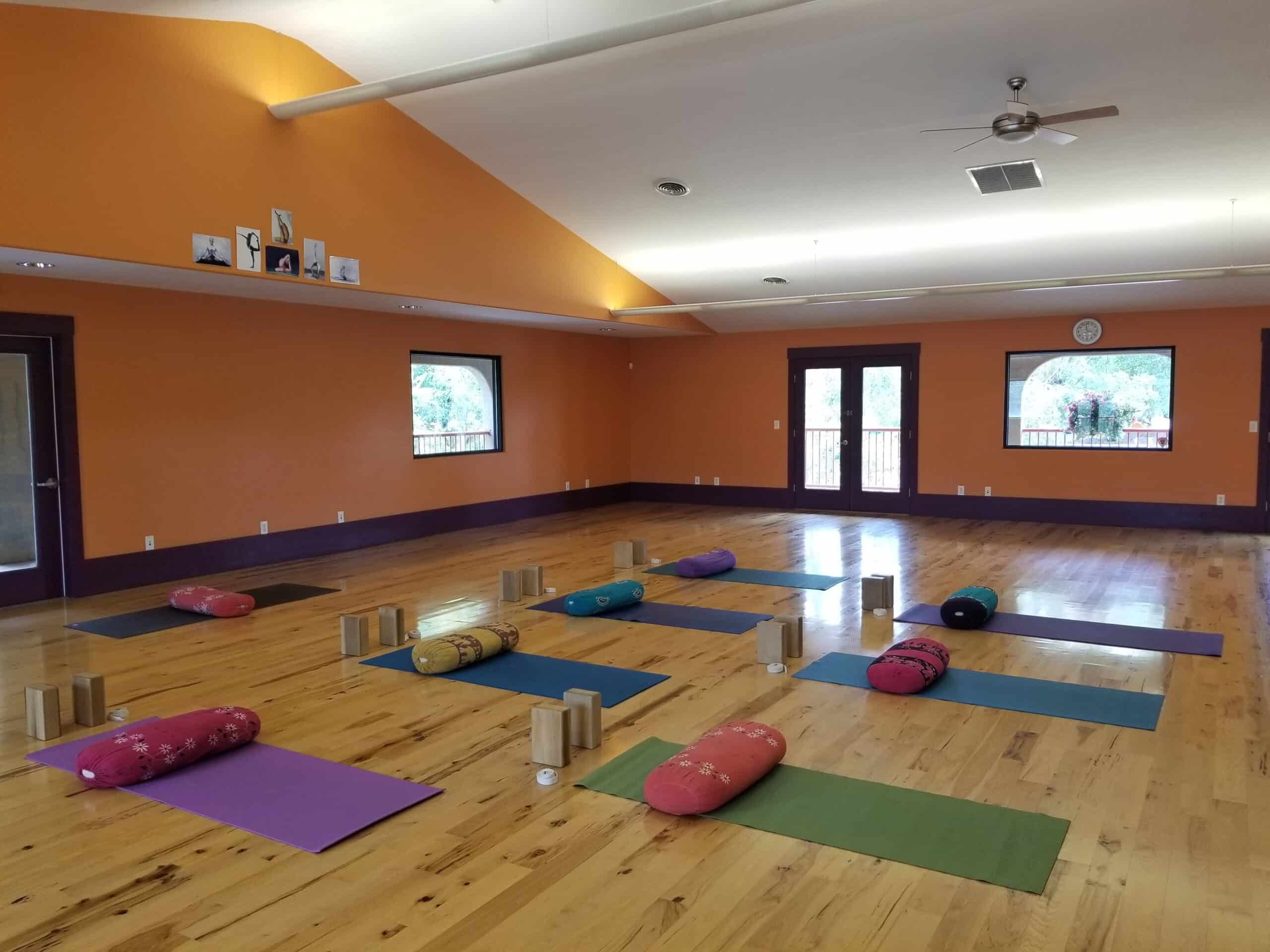4 Indicators of an Unhealthy House and How to Fix Them | By Kay Carter
Our homes are our sanctuaries. It’s a retreat from the noise and pollution of the outside world and a place we feel most comfortable and safe. But what if the home we love so much is actually making us sick? Here are some areas you may look at daily but wouldn’t think of the hidden dangers they pose.
-
House Humidity Levels
Excessive levels of moisture in your home can create a breeding ground for mold. A home with over 45 percent of humidity is considered to be a house with excessive humidity — this can foster some of the worst health problems. As the CDC warns, mold can cause nasal stuffiness, throat irritation, coughing or wheezing, eye irritation, and in some cases, skin irritation. High levels of humidity can also provide a breeding ground for dust mites, causing severe allergies and triggering asthma.
To help monitor and reduce the levels of humidity in your home, purchase a humidity monitor to measure humidity levels on a regular basis. Open windows and run fan vents to reduce moisture and purchase a dehumidifier to draw excess moisture out of the air. Make sure the dehumidifier is depositing the extra water outside of the home or that you empty the water reserve on a regular basis.
-
Dirty Air Ducts and Vents
When was the last time you changed your air filters or had your ducts and vents serviced and cleaned? You may not see these areas of your home on a daily basis and may not be aware of the dust that’s collecting in them. When you turn on your dirty heater or air conditioning unit, dust particles, dirt and allergens are redistributed throughout your house. Itchy eyes, coughing and congestion and asthma can all be triggered by excess dust being blown around the home.
In addition, your air ducts can become clogged if not attended to properly, causing poor indoor air quality and exacerbating allergies. According to House Method, you can get air ducts and vents serviced through a home warranty or find a technician in your area to help clean them.
-
Poor Bathroom Ventilation
Do you run your bathroom fan when you shower or crack a window to let the moisture out? It’s a good habit to get into, as excess moisture from hot showers can not only damage the walls of your bathroom, causing paint and wallpaper to detach, but it also creates a perfect environment for mold to grow.
Check and make sure your ventilation fan is working properly and distributing air and humidity to the outside. Assess for any damp patches in the attic above the bathroom to ensure you don’t have moisture buildup and run that fan every time you shower. You could also leave a bathroom window open to help with ventilation.
-
Vacuuming Habits
You may vacuum your home every day, but if you aren’t using a HEPA filter, your efforts may not be as useful as you think. HEPA filter vacuums prevent tiny dust particles from being blown back into the air and help you avoid breathing them into your lungs. Once you purchase that HEPA filter vacuum, make sure you’re changing the filter at least every six months, or when you see wear and tear.
These are just a few small steps and areas of your home you can check to ensure you’re living in a healthy environment. Be sure to schedule regular maintenance on the areas of your home you may not look at every day, such as ducts and vents, to make sure they aren’t bringing dust and other toxins into your home, impacting your overall health and wellbeing.
Photo credit: Hauke Irrgang via Unsplash
 Kay Carter is a writer from Raleigh, NC. When she isn’t writing about health or the latest wellness trend, she enjoys reading, traveling, and practicing yoga.
Kay Carter is a writer from Raleigh, NC. When she isn’t writing about health or the latest wellness trend, she enjoys reading, traveling, and practicing yoga.Embodying your purest essence becomes easier when you feel truly at home in your body. Your frame is [...]

Subscribe to Our Tribe
Stay up to date with Y+L News, Events and special announcements.










